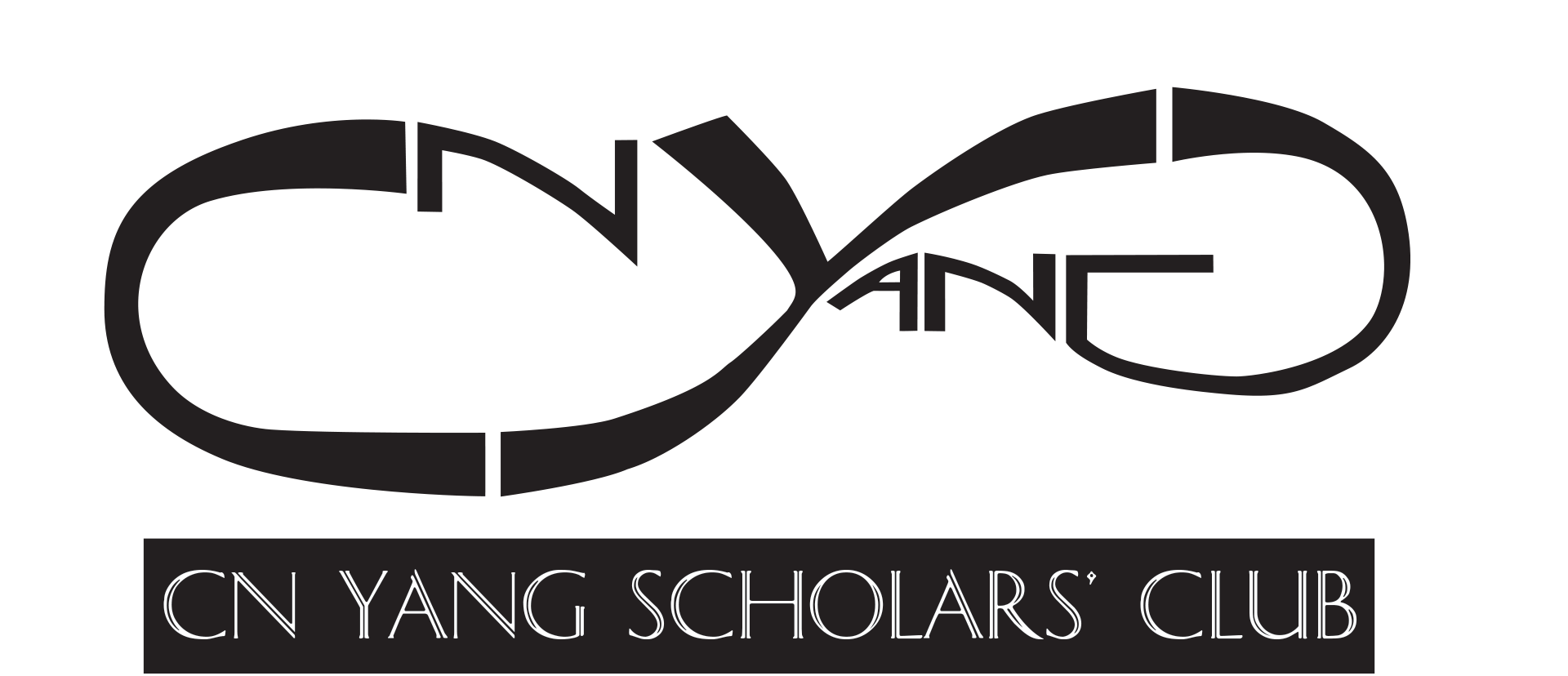[alpine-phototile-for-picasa-and-google-plus src=”user_album” uid=”117382818726251679027″ ualb=”6346545733985457153″ imgl=”fancybox” style=”wall” row=”4″ size=”400″ num=”8″ shadow=”1″ highlight=”1″ align=”center” max=”100″]
A*STAR IMRE 2016
BY AMRUTA
Materials Science is one of the most multidisciplinary fields of expertise present in the world today, being ubiquitously applied in vocations such as Chemical, Biomedical, Mechanical and of course, Materials Engineering. With the help of the Outreach Portfolio of the 9th Executive Committee, the CN Yang Scholars Club was able to engage in a meaningful interaction with A*STAR Institute of Materials Research and Engineering (IMRE) on 14th October, learning more about how their research scene works towards bridging academia and commercialisation in various aspects.
The visit commenced with an introductory talk by Mr Yee Fun, who gave an overview of the research scene in Singapore today, as well as the career and PhD prospects in A*STAR.
Following this, he touched on the 5 specific research departments under IMRE – Metallic Materials, Ceramic Materials, Polymeric Materials, Molecular Materials, and Material Processing and Characterisation. Furthermore, he shared with us details about some of his research works, such as electrocatalytic water splitting as well as 2D material growth, both of which we got to observe later on during the lab tours. After an engaging interaction session with the scholars, we were first taken to the Materials Growth Lab to observe the different mechanisms used in cultivating specific materials of functional properties.
For instance, the tube furnace is employed to create 2D materials with minimal thickness from MoS2 such that they can be used in several applications like flexible electronics. Another mechanism that we witnessed was electrocatalytic splitting, with the integrated gas chromatograph that separates the gaseous products based on their inherent characteristics such as mass.
After seeing a couple more of such structures, the scholars were brought to the Science and Technology Lab, where they got to access the Clean rooms. These rooms are highly controlled in the sense that particulate contamination is minimised, and other environmental parameters are regulated to optimise research and manufacturing conditions in the labs. Due to more stringent protocols, the scholars were required to suit up into more covered lab gear before entering the labs. At these labs, they got to observe a plethora of fascinating machines with different functionalities, such as slicing silicon wafers into small pieces using diamond blades, buffering of rough materials and spluttering deposition. In addition, they got to see the yellow light room, a room specially designed for the synthesis of photosensitive materials such that they are not destroyed by exposure to UV light.
Suiting up into Personal Protective Equipment
All in all, this visit was undoubtedly an informative session that was well-received by the scholars, as it allowed them to explore the field of Material Science and witness its applications in a myriad of disciplines, most of which are highly relevant to their own majors. As an undergraduate studying Bioengineering myself, this trip definitely was an eye-opener, and has indeed opened up a plausible avenue of research that I could pursue in the future.
